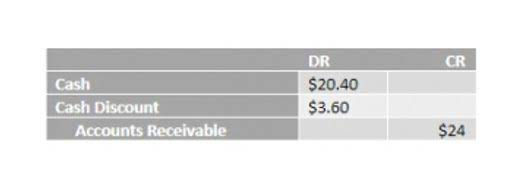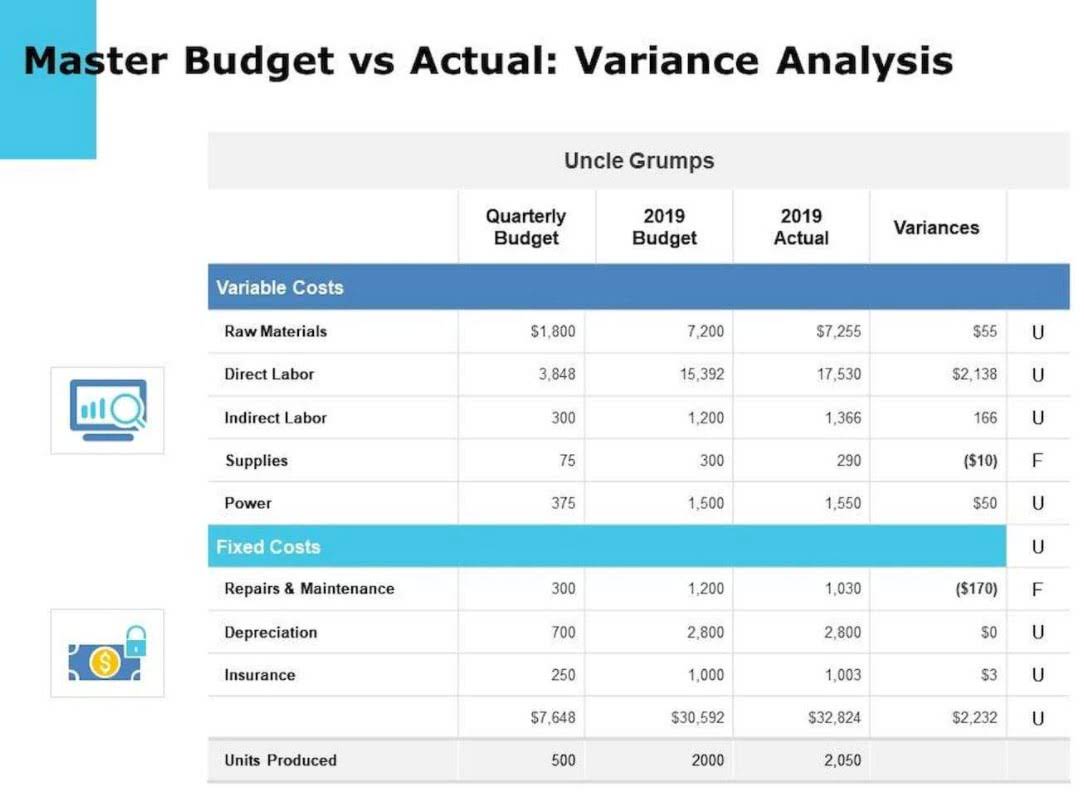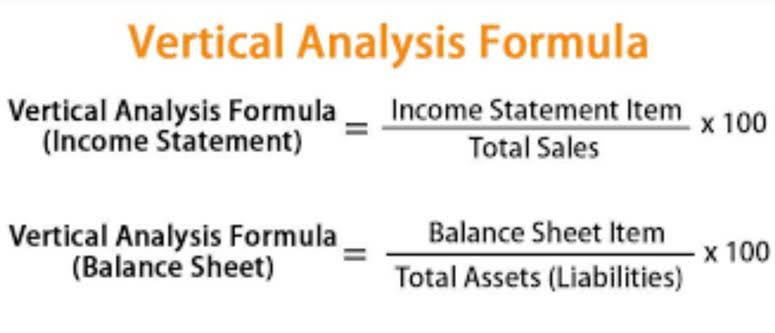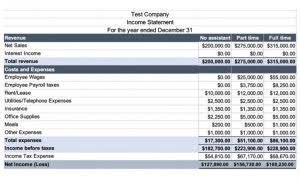
If included in the sale price, shipping charges are generally subject to sales tax. Separately itemized delivery charges are generally exempt from Iowa sales and use tax. However, inbound freight or freight-in charges — charges for the seller to obtain merchandise sold to customers — are generally taxable if passed on to the customer or added to the price of a taxable retail sale. Shipping and handling charges incurred on behalf of the seller of taxable goods are generally taxable in Indiana, whether included in the sale price or separately stated.
Projected Consumer Price Changes
The resale certificate, for example, only applies in 36 states. However, dropshipping complicates matters because you’re an intermediary. You collect sales tax from customers and pass it to the government. You may also be responsible for paying taxes on products purchased from suppliers.

Retaliatory Tariffs & Supply Chain Uncertainty

See our state-by-state guide to do you pay taxes on drop shipping economic nexus laws for state-specific information, or try our free sales tax risk assessment if you’re not sure whether you’ve established economic nexus with a state. There are several ways to establish sales tax nexus with a state, but the two most common are through physical presence (physical nexus) or economic activity (economic nexus). The primary rule is a resale certificate for the ship to state issued by the retailer. However, if the retailer isn’t registered in the ship to state, can they legally issue a resale certificate for the ship to state? For reference, in 2023, the Michigan Treasury charged an income tax rate of 4.05%.
- Shipping and handling charges are considered part of the purchase price in West Virginia.
- However, Debbie Drop Shipper may have sales tax nexus in the state where Bobby is located.
- State and local governments primarily look at whether dropshippers have a so-called nexus in the state—a fancy way of saying you have a substantial amount of contact with customers there.
- Separately stated shipping or delivery charges are not subject to Maryland sales and use tax.
Do I need a tax ID number for dropshipping?

Coupled with Mexico’s own retaliatory stance, these new tariffs could disrupt existing trade relationships that thrived under lower duties. Some companies might shift production into the U.S. or another nearby country, aiming to reduce the risk of supply chain interruptions. While this approach can create or preserve jobs domestically, it also poses fresh challenges related to workforce availability and wage rates—factors that can eventually lead to higher Legal E-Billing consumer prices. Canada has imposed counter-tariffs on various U.S. goods, a direct response to Trump’s tariffs designed to protect Canadian domestic industries from any imbalance.
- Understand your obligations and handle taxes confidently this tax season.
- While this approach can create or preserve jobs domestically, it also poses fresh challenges related to workforce availability and wage rates—factors that can eventually lead to higher consumer prices.
- South Carolina is a destination-sourced state, where the economic nexus threshold for remote sellers is $100,000 in sales in the previous or current calendar year.
- Explore Shopify Tax to learn about automated calculations and filing.
- Target is a well-known example of a retailer that discourages the use of resale certificates.
If a shipment contains both exempt and taxable sales, sales tax applies to the percentage of the shipment that’s taxable (determined by weight or sales price). A retailer’s charge for delivery and handling of taxable products is taxed like the product being shipped, whether separately invoiced or on the same invoice as the product. Since most sales in South Dakota are taxable, shipping and handling charges are generally taxable. However, if the sale is exempt, shipping and handling charges are also exempt. Arkansas sales tax on shipping applies if the products being shipped are taxable and does not apply if the products are exempt.
- Collecting sales tax as a drop shipper can feel like an algebra problem, depending on the scenario.
- You may also be responsible for paying taxes on products purchased from suppliers.
- On the other hand, international suppliers might offer lower prices but could lead to longer delivery times and potential customs issues.
- If the customer is located in Virginia, no matter how the sale is made, through traditional shipping or drop shipping, you are responsible for collecting sales tax, not the vendor.
- Dropshipping is an ecommerce retail business, so you must pay federal income tax and often state income and sales taxes as well.
- However, managing multiple suppliers can be more complex, so it’s important to stay organized.
If a shipment includes both taxable and exempt property, tax typically applies to the percentage of the delivery charge allocated to the taxable property. Sales tax does not apply to freight charges billed directly to the purchaser by a common carrier. Because a third party is now involved, sales and use tax become more complicated. First of all, drop-shipping purchases are meant for resale, which is normally exempt from sales tax. However, when the retailer, supplier and customer (or the package’s destination) are not located in the same state, sales and use tax rules change as nexus laws may come into play. However, in California and other states that have stricter requirements for resale certificates, a seller must register with the state in order to obtain a valid exemption certificate from that state.
- Some ecommerce tax write-offs or deductions come with complex rules and restrictions, and getting them wrong could mean missed savings or even IRS trouble.
- The state taxes shipping, except when the sale is exempt from sales tax.
- North Carolina is a destination-sourced state, with an economic nexus threshold of $100,000 in sales or 200 transactions in the current or previous calendar year.
- Typically, the buyer will pay sales tax on the transaction, and you (the seller) remit it to tax authorities.
- Charges for delivery made and billed by a third party are exempt.
- If a shipment contains both taxable and exempt goods, the seller should allocate the delivery charges by sales price or weight.
States, counties, and local municipalities use sales tax to raise revenue. The funds are used to develop communities, build roads, improve schools, parks, and libraries, and fund protective services like fire departments. As mentioned earlier, running out of stock can lead to lost sales and unhappy customers. Use tools like Warehouse 15 to keep track of your inventory and avoid stockouts.
Can I mitigate higher tariffs by localizing inventory?

Shopify’s automated sales tax collection tool can even help you assess whether you have a nexus in a particular state and calculate the correct sales tax rate. Managed Markets automatically handles the complex math of international selling. It calculates VAT rates, import duties, balance sheet and currency conversions in real time, showing your customers exactly what they’ll pay—with no surprise fees at delivery.
Unless you are operating your dropshipping business as a sole proprietor and using your Social Security number as your tax identification number, you will likely need a tax ID from the IRS for your business. You may also need a tax permit from the states in which you are subject to sales tax. A qualified tax professional can help you better understand the requirements for your individual business. Remember, the world of e-commerce is dynamic, and staying informed about changes in sales tax laws is essential for long-term success. Regularly reviewing your sales activities, maintaining open communication with suppliers, and leveraging technology will help you navigate the complexities of sales tax and keep your business on the right track. If you’re feeling stuck, TaxJar’s software can help you get your sales tax filed properly, all online.
















